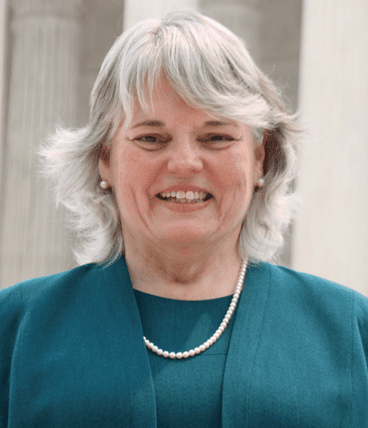Christian Legal Society’s Work in the Executive Branch
By reaching for a controversial definition of religious employer that it knew was highly problematic for religious charities, the government arbitrarily transformed the majority of religious employers into nonreligious employers for purposes of the Mandate.
As soon as the too-narrow definition of “religious employer” was made public, forty-four Protestant, Jewish, and Catholic organizations immediately sent a letter to the Administration explaining the severe problems with the proposed definition of “religious employer.” Their critique of the exemption was two-fold. First, the definition of “religious employer” was unacceptably narrow. Even many houses of worship failed to fit the Mandate’s procrustean bed because of the exemption’s peculiar design. To qualify as a “religious employer,” a house of worship would have to serve primarily persons of the same faith. But many houses of worship – indeed, many religious charities – would deem it to be a violation of their core religious beliefs to turn away persons in need because they did not share their religious beliefs.
Second, the Mandate’s definition of “religious employer” created a two-class bifurcation among religious organizations.As one hundred twenty-five religious organizations explained in a subsequent letter to the Secretary, the government should not divide the religious community into two classes: “churches – considered sufficiently focused inwardly to merit an exemption and thus full protection from the mandate; and faith-based service organizations – outwardly oriented and given a lesser degree of protection.” The letter reasoned:
[B]oth worship-oriented and service-oriented religious organizations are authentically and equally religious organizations. To use Christian terms, we owe God wholehearted and pure worship, to be sure, and yet we know also that “pure religion” is “to look after orphans and widows in their distress” (James 1:27). We deny that it is within the jurisdiction of the federal government to define, in place of religious communities, what constitutes both religion and authentic ministry.
Nonetheless, over the sustained protest of wide swaths of the religious community, in February 2012, the government codified into law its excessively narrow definition of “religious employer.” While the definition was amended in July 2013 by dropping three of the four criteria, 78 Fed. Reg. 39,870 (July 2, 2013), the current definition remains too narrow because it continues to protect only churches, associations or conventions of churches, integrated auxiliaries, or religious orders’ religious activities.
Thus the exemption excludes religious ministries that serve as society’s safety net for the most vulnerable. Through the exemption, the government has unilaterally re-defined what it means to be a religious organization. Religious organizations that ease government’s burden by providing food, shelter, education, and health care for society’s most vulnerable are rewarded with a government mandate that assails their conscience rights.
CLS Comment Letter, April 2013
August 26, 2011 Letter to the Executive Branch















































